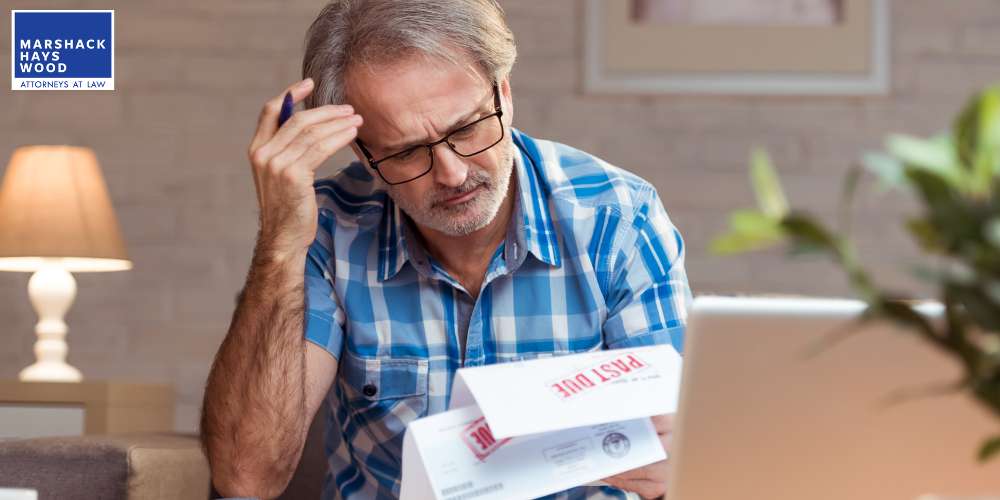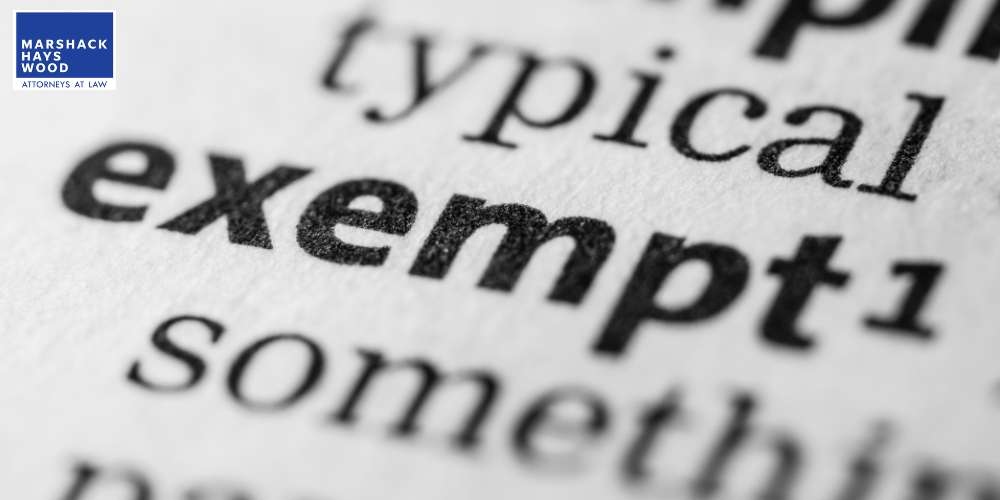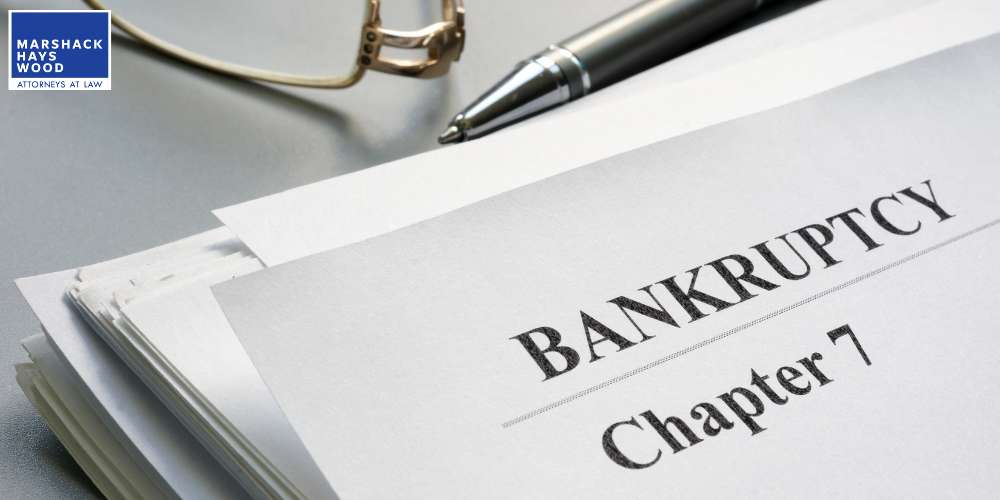No-Asset Chapter 7 Bankruptcy
Home » Practice Areas » Orange County Bankruptcy » No-Asset Chapter 7 Bankruptcy
Practice Areas
No-Asset Chapter 7 Bankruptcy Attorneys in Orange County, CA

Filing for Chapter 7 bankruptcy is a legal process designed by the federal government to relieve debtors overwhelmed by financial obligations. Unlike other bankruptcy filings, a no-asset Chapter 7 case means the debtor has no non-exempt assets for the trustee to liquidate to pay off creditors.
This specific bankruptcy filing offers a fresh start to individuals, allowing them to eliminate most, if not all, of their unsecured debts and begin anew.
Navigating a bankruptcy case can be a daunting journey, but with the right bankruptcy attorney by your side, the path to financial recovery becomes clearer and more accessible. Our experienced Orange County bankruptcy lawyers at Marshack Hays Wood LLP are here to guide you through every step, ensuring your case is handled with the care, precision, and efficiency it deserves. Call (949) 333-7777 or contact us online to schedule a free consultation today.
Can You File Bankruptcy With No Assets in California?
California bankruptcy law allows individuals to file for bankruptcy even if they have no assets. This type of bankruptcy, often called a “no asset case,” means that the debtor does not possess any property that can be liquidated to repay creditors.
Under the protection of state and federal bankruptcy laws, individuals overwhelmed by outstanding debts can file for relief without having assets. This pathway provides a crucial financial reset, allowing debtors to address their debts through the filing process without the burden of asset liquidation, aligning with the state’s legal framework to offer a fresh start to those in need.
What are Common Reasons People File for Chapter 7 No-Asset Bankruptcy?
People file for Chapter 7 no-asset bankruptcy for various circumstances, seeking relief from the overwhelming pressure to pay creditors under dire financial situations. In these asset cases, filers may have minimal property, and what they do own is often protected under available state or federal exemptions, allowing them to declare bankruptcy without the risk of losing essential possessions.
Couples facing financial hardships may consider filing jointly, further streamlining their path to financial recovery. The essence of no asset bankruptcy lies in the fact that the debtor’s nonexempt property is either insufficient or non-existent. Thus, there are no assets available to be liquidated for the repayment of debts.
This process, governed by bankruptcy law and adjudicated in bankruptcy court, allows individuals to eliminate outstanding debts when their assets are protected by exemptions, offering a fresh start without the burden of unmanageable debt.

What Assets Do You Lose in Chapter 7?
When filing for Chapter 7 bankruptcy, understanding the distinction between exempt and nonexempt assets is crucial, as this determines what personal property you might lose.
Nonexempt assets are subject to liquidation by the bankruptcy trustee to pay off a portion of the debtor’s debts. Typically, nonexempt items could include a second motor vehicle, vacation homes, investments, and valuable collections.
It’s important to note that not all your property falls into the nonexempt category; essential items such as a primary motor vehicle up to a certain value, necessary household goods, and tools for work usually receive protection under state exemptions.
Those considering bankruptcy must carefully review their assets and, if needed, file proofs of exemption to protect their property, as the state decides what qualifies for these exemptions.
Exempt Property vs Non-Exempt Property in Chapter 7
In Chapter 7 bankruptcy, understanding the difference between exempt and non-exempt property is crucial for navigating the process effectively. Certain property is deemed exempt under federal bankruptcy law, allowing debtors to retain essential assets despite filing for bankruptcy. This typically includes the primary residence, a modest vehicle, household goods, and tools necessary for employment. These exemptions ensure that individuals do not find themselves without the basic necessities of life post-bankruptcy.
Conversely, non-exempt assets in the context of Chapter 7 bankruptcy can be liquidated by the bankruptcy trustee to pay off creditors. Non-exempt assets typically include a second home or vacation property, additional vehicles, and investment accounts, among others.
The specific details about what is exempt versus non-exempt can vary greatly depending on state laws and the particulars of the federal exemptions. Therefore, it’s essential to consult with a California Chapter 7 bankruptcy attorney to understand how these rules apply to your situation.

Chapter 7 Bankruptcy Exemptions in California
In California, Chapter 7 bankruptcy exemptions play a crucial role in determining the outcome of a bankruptcy case, especially in no-asset cases. These exemptions protect certain property from being liquidated to pay off unsecured creditors, allowing debtors to retain essential assets while undergoing bankruptcy.
In no-asset cases, the debtor’s unsecured creditors may not receive any payment from the bankruptcy estate, as such property is shielded under California’s exemption laws. Before filing, debtors must complete a credit counseling course approved by the Administrative Office of the U.S. Courts.
The bankruptcy estate, which includes all legal or equitable interests of the debtor in property at the time of the bankruptcy filing, is evaluated to determine if any assets can be liquidated for creditor repayment.
However, due to California’s bankruptcy exemptions, many Chapter 7 filings are indeed no-asset cases, where the debtor’s unsecured creditors receive nothing because the debtor’s essential property is protected under state exemption laws.
State Exemptions
State exemptions play a pivotal role in determining which assets a debtor can retain and which may be subject to liquidation.
Particularly in a no-asset case scenario, where the debtor’s nonexempt assets are insufficient to satisfy outstanding debts, state exemptions provide crucial protection for certain property.
When a debtor files for Chapter 7 bankruptcy, a court-appointed trustee oversees the case and identifies any nonexempt assets that can be liquidated to repay creditors. However, state exemption laws dictate which assets are exempt from this process.
Federal Exemptions
Federal exemptions serve as a crucial tool for debtors seeking to protect their assets while navigating bankruptcy. These federal exemptions, established by bankruptcy law and approved by the bankruptcy court, provide debtors with additional options beyond state-specific exemptions.
Federal exemptions often include a homestead exemption, allowing debtors to retain equity in their primary residence up to a certain value. Other property, such as personal belongings and household furnishings, may also be safeguarded under federal exemptions, depending on the debtor’s individual circumstances.

Do I Have to List All of My Assets in Chapter 7?
Under the Bankruptcy Code, debtors must disclose all assets as part of the bankruptcy case, including real property, personal property, and other assets.
Even exempt assets, such as those protected by state or federal bankruptcy laws, must be listed. This comprehensive disclosure ensures transparency and compliance with the bankruptcy process, allowing creditors and the bankruptcy trustee to assess the debtor’s financial situation accurately.
Additionally, a non-filing spouse may need to disclose their assets if they are jointly liable for debts or if certain assets, such as real property or joint bank accounts, are shared.
What Counts as Assets in Bankruptcy?
Assets are a wide range of possessions and financial interests that a debtor may own. As the bankruptcy code outlines, assets include tangible items such as real estate, vehicles, personal belongings, and financial assets like bank accounts, investments, and retirement accounts.
Additionally, sources of income such as wages, business interests, and rental income are also considered assets. It’s important to note that certain assets may be exempt from liquidation under bankruptcy laws, such as a primary residence up to a certain value, necessary clothing and household goods, and specific retirement accounts. However, nonexempt assets may be subject to liquidation by the bankruptcy trustee to repay creditors, particularly secured debts.
Other considerations for assets in bankruptcy proceedings may include any outstanding child support obligations and the debtor’s ability to adhere to a court-approved repayment plan.

What Happens if the Bankruptcy Trustee Finds Assets Later?
If the bankruptcy trustee discovers assets not initially disclosed by the debtor, the consequences can vary depending on the assets’ nature and the case’s circumstances.
In cases where the newly discovered assets are nonexempt and can be liquidated, the trustee may take action to sell the assets and distribute the proceeds to creditors. Secured creditors, who hold collateral for their debts, may receive payment from the sale proceeds.
Failure to disclose assets can jeopardize the debtor’s discharge and may lead to legal consequences. Therefore, it is crucial for individuals filing for Chapter 7 bankruptcy to provide full and accurate information about their assets at the time of filing to ensure a smooth and successful bankruptcy process.
How Long Does a No-Asset Bankruptcy Take?
Typically, the process involves filing a bankruptcy petition, which initiates a comprehensive review of the debtor’s financial situation by the trustee. This assessment may include verifying the accuracy of the debtor’s financial disclosures, conducting a Chapter 7 means test to determine eligibility, and evaluating any exempt assets. Since there are no significant assets to sell off in a no-asset case, distributing proceeds to creditors is unnecessary.
As a result, the bankruptcy proceedings may progress relatively swiftly compared to cases involving substantial nonexempt assets. However, the timeline can still be influenced by court scheduling, creditor objections, and any complications that may arise.
Overall, a no-asset bankruptcy typically concludes within a few months, providing debtors with a fresh start and relief from most debts.

Contact Marshack Hays Wood for Help With Your No-Asset Bankruptcy Case
Ready to navigate your no-asset bankruptcy case with ease and expertise? Our seasoned team at Marshack Hays Wood is here to provide the guidance and support you need to achieve a fresh financial start.
With years of experience handling bankruptcy cases, we understand the nuances of the process and are dedicated to helping you navigate it smoothly. Call (949) 333-7777 or contact us online for a free consultation.
READY TO GET STARTED?
At Marshack Hays Wood, our attorneys provide the legal support you need to move forward with confidence. Let us help you take the first step toward financial stability.
